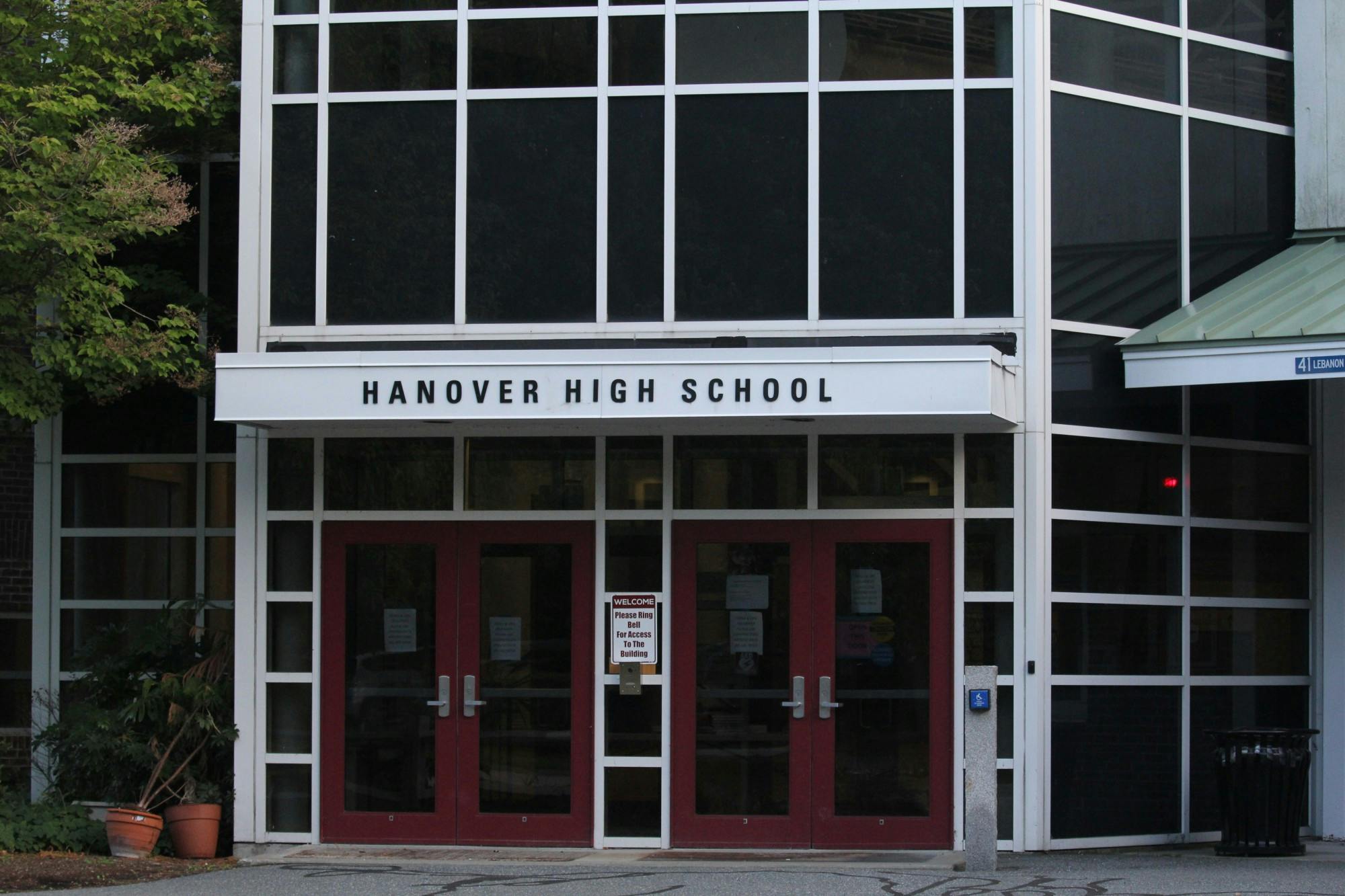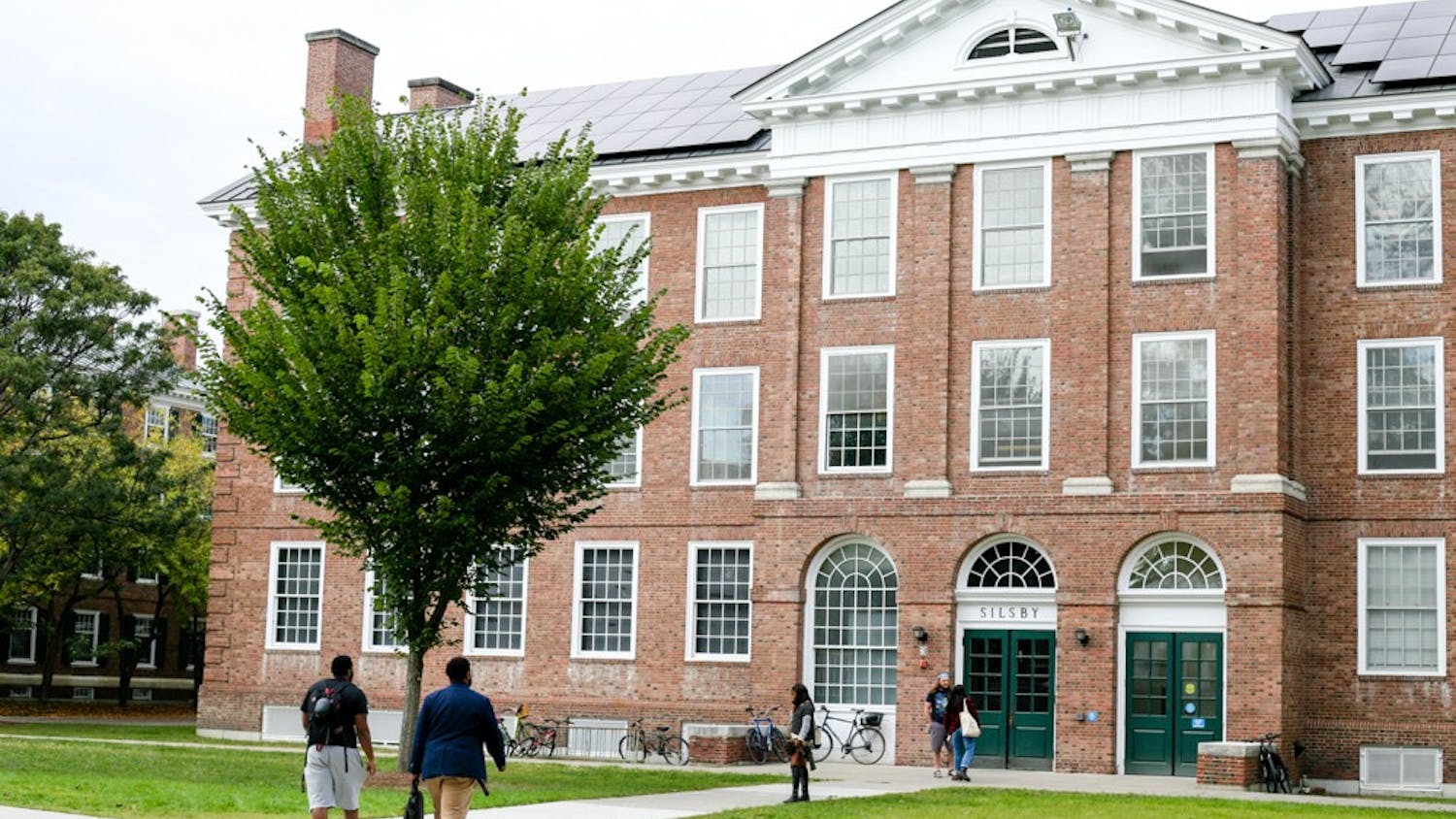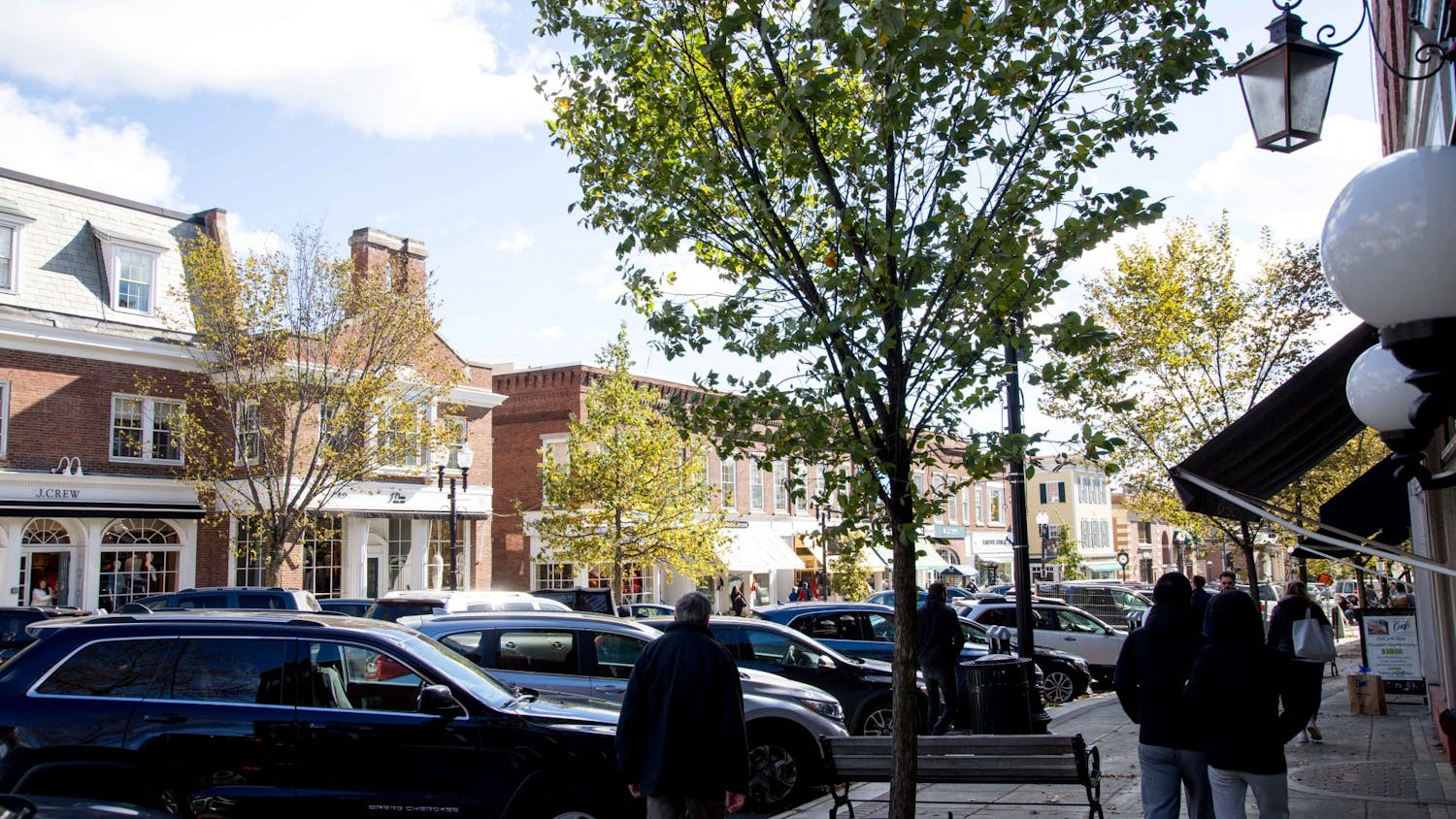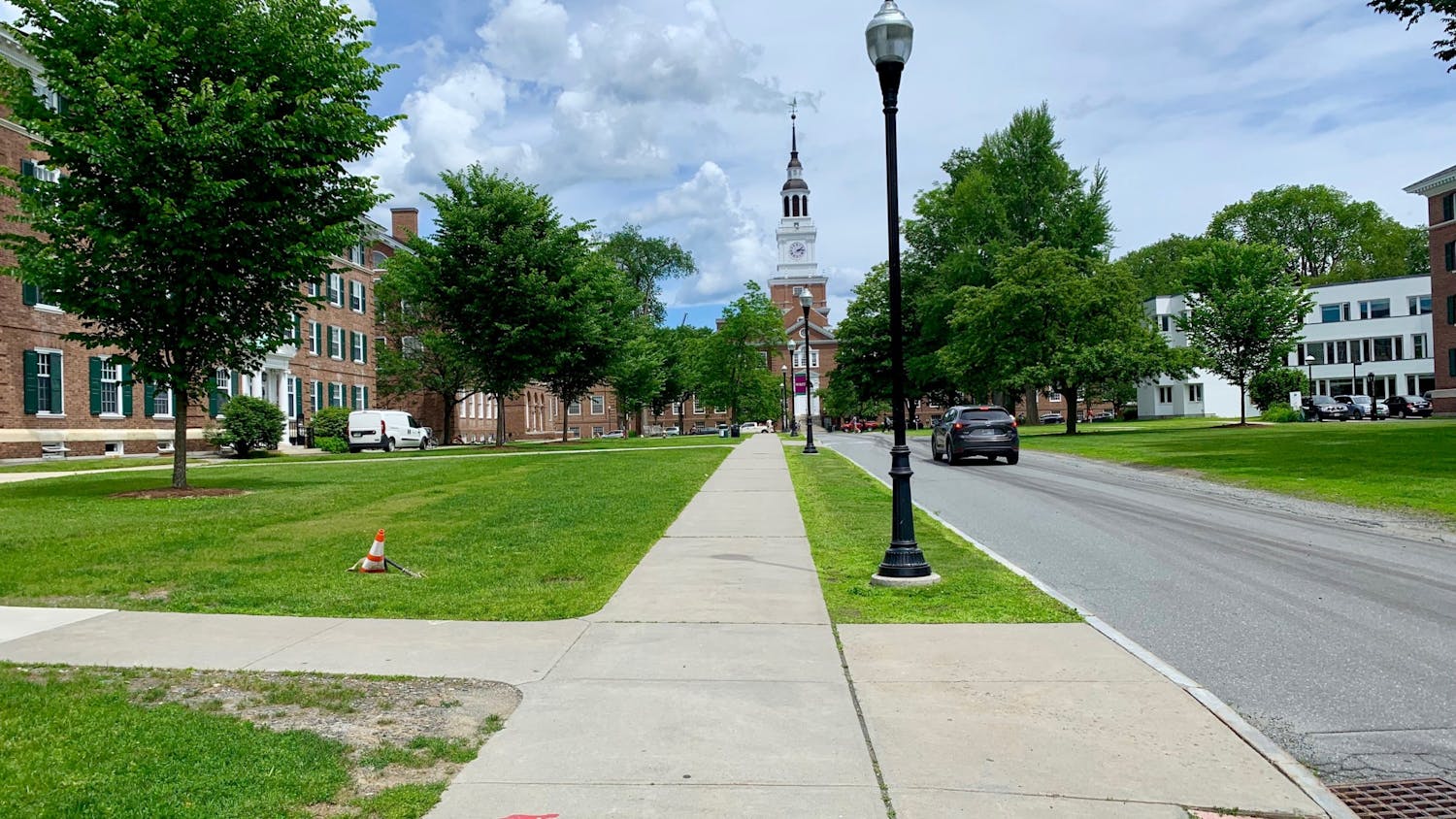The School Administrative Unit 70 district, which includes four public schools in Norwich and Hanover, will offer full in-person instruction with safety precautions, alongside a remote option, as part of its reopening plan this fall. The plan has been designed taking into account the current low rate of COVID-19 infection in the Upper Valley, but the district may switch to a hybrid or remote plan if the rate of infections significantly increases.
SAU 70 superintendent Jay Badams said the district is currently preparing for the arrival of students on Sept. 8, noting that school administrators are sizing up classrooms’ square footage to determine safe capacities. He said that while original estimates projected 20 percent of students would choose the remote option, almost 90 percent have now indicated their desire to return to school grounds. To accommodate them all, Badams said the schools in the district have ordered more desks and furniture, purchased a “large number” of plexiglass barriers and considered adjusting schedules.
Badams said the district began to have conversations with teacher association leaders in early May to develop the reopening task force. He added that the district’s medical advisors said that the well-being of students would be enhanced by in-person instruction.
Badams also described the “real natural link” between the local schools and the College, noting that many parents, including board members, are associated with Dartmouth. He said the College has been in communication with the school and the town. One source of anxiety, according to Badams, is the return of Dartmouth students from “all corners of the globe.”
“There is anxiety about the first few weeks,” he said, “Dartmouth looks like it has a comprehensive plan for screening students, which has given the task force a level of comfort to move forward.”
Badams said it is likely that the traditional opportunity for Hanover High School students to enroll in Dartmouth courses for high school credit has been canceled due to the pandemic.
Principal Lauren Amrhein of the Bernice A. Ray School in Hanover echoed this anxiety about the impending influx of College students: “It appears adults are more easily able to spread the virus,” she said. “The major difference is [Hanover students] are community kids, we have the health attestation, temperature checks and guidance from the state around quarantine, which make me comfortable.”
Unlike Dartmouth’s plan, which currently requires students to be tested upon arrival, Amrhein wrote in an email statement that the Ray School does not currently have a testing requirement for attendance.
“At this time, testing would occur if a student is symptomatic, and through the recommendation of the family’s physician,” she wrote. “We are not involved in mandatory testing at this point.”
Badams said medical advisors explained that the district would have a better ability to control factors of infectious disease spread if students were present in-person and exercising precautions.
According to Hanover school board chair Richard Johnson Jr., savings that occurred due to the early closure of school facilities in the spring have allowed the district to achieve a reduction in expenditures.
“Factoring in the assumed additional costs which we are going to incur, like additional cleaning and supplies, the budget is actually pretty good,” he said.
Board member Kimberly Hartmann echoed the district’s comfortable financial standing during a virtual board meeting on Aug. 19. She said that though the district would normally return its surplus funds — totaling $307,000 this year — through offset local taxation, the New Hampshire governor’s pandemic-related Emergency Order 38 will allow the board to retain the funds for future use.
According to Amrhein, the planned classroom environment in the Ray School reminds her more of a traditional classroom than she expected, save for socially distanced desks and mask-wearing.
Amrhein noted other small changes in place, including changes in transition time between parts of the school day: “If we ask students to travel outside to the gymnasium, or wash their hands upon entering school or between classes, transition times need to change,” she said.
Alongside the changes, Amrhein said students will continue to engage in community-building meetings, “robust” arts and music programs as well as recess. She also noted that investments in technology will allow the Ray School to provide students with devices like iPads should remote learning become necessary again.
Amrhein emphasized that she has been transparent with school teachers, staff and the wider community throughout the reopening process. According to Amrhein, it is the hard work of dedicated members of the school community that make her comfortable with the school’s in-person plans.
“I am a supporter of this plan,” she said. “I feel this is a really monumental decision and perhaps one of the biggest decisions I could make in my life because of what hangs in the balance. I take that responsibility seriously.”
While the majority of families plan to send their children back to school in the fall, Amrhein said that those who have elected remote learning tend to fall into two main groups.
“I have heard parents tell me, ‘I know my child, sitting at a desk and wearing a mask is not going to meet their learning needs,’” she said. “Parents know what their children need.”
Other parents, she said, are taking a “wait and see approach,” in part to monitor the impending return of Dartmouth students to the region.
“They want to know what impact, if any, Dartmouth students will have,” she said. “They can send their children in after a trimester and would rather keep their student with them for remote learning or homeschooling until they feel confident.”
During the board meeting, Amrhein said she and other administrators may need to be “creative” with students who have chosen remote learning, employing multi-grade classrooms and dealing with unanticipated staffing.
“If we have four kindergarten students who are choosing remote learning and I pull one kindergarten teacher, that increases the in-person class size to an untenable amount,” she said.
Amrhein said that the challenge of accommodating different grade-levels in virtual learning is not insurmountable, adding that across the country and in New Hampshire, multi-grade classrooms existed before the pandemic.
“We just have a construct called a ‘grade’ which we assign to students,” she said, noting that within one-grade classroom students may be at different “grade levels” based on individual needs. She added that educators are used to accommodating the needs of various types of learners at different levels, even within the same space.
According to Badams, even if a change to a hybrid or fully remote plan becomes necessary during the school year, a few weeks in-person will allow students to forge key relationships with their new educators.
“This is the best possible time to try an in-person start,” he said. “We will have a chance for teachers to establish initial relationships with new students and go through routines while it is still safe.”
During the board meeting, Badams said he recently had the “good fortune” of spending a bit of time with Frances C. Richmond Middle School students, noting that many were eager to return to classes.
“Many students at RMS said they really miss their teachers,” he said. “That relationship between teachers and students is what we are all here for, and it is the most important thing we are trying to restore.”




